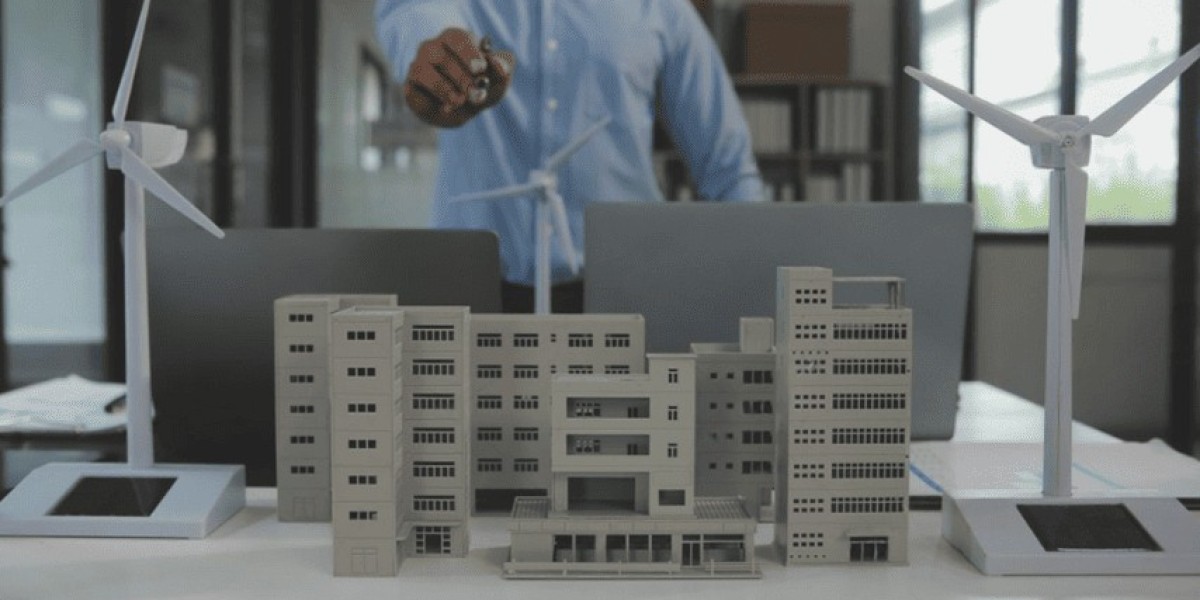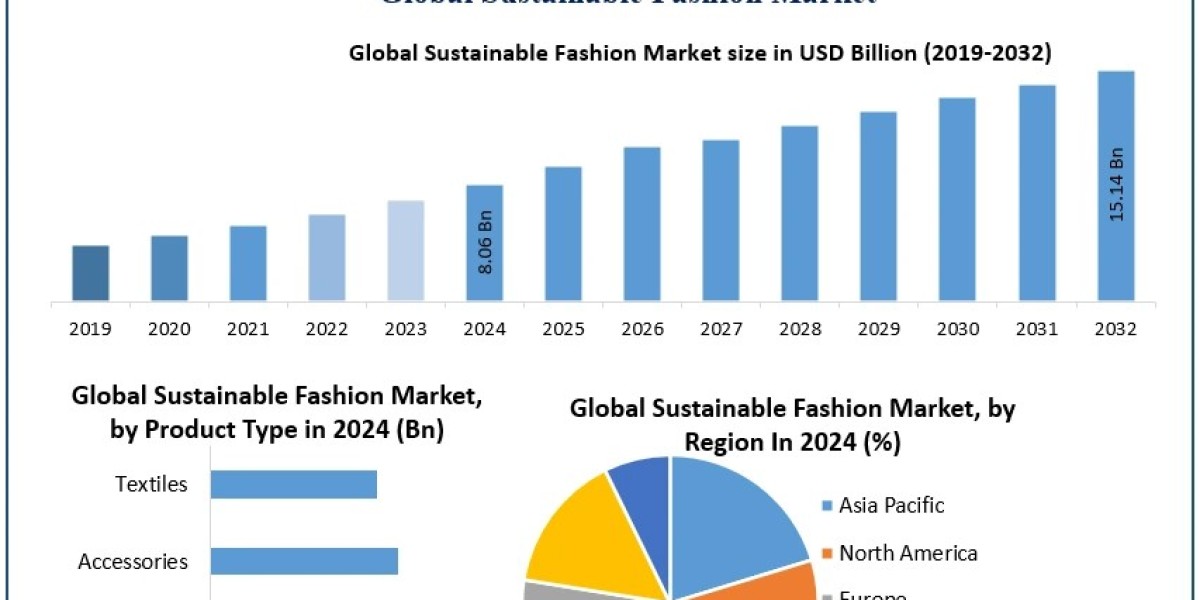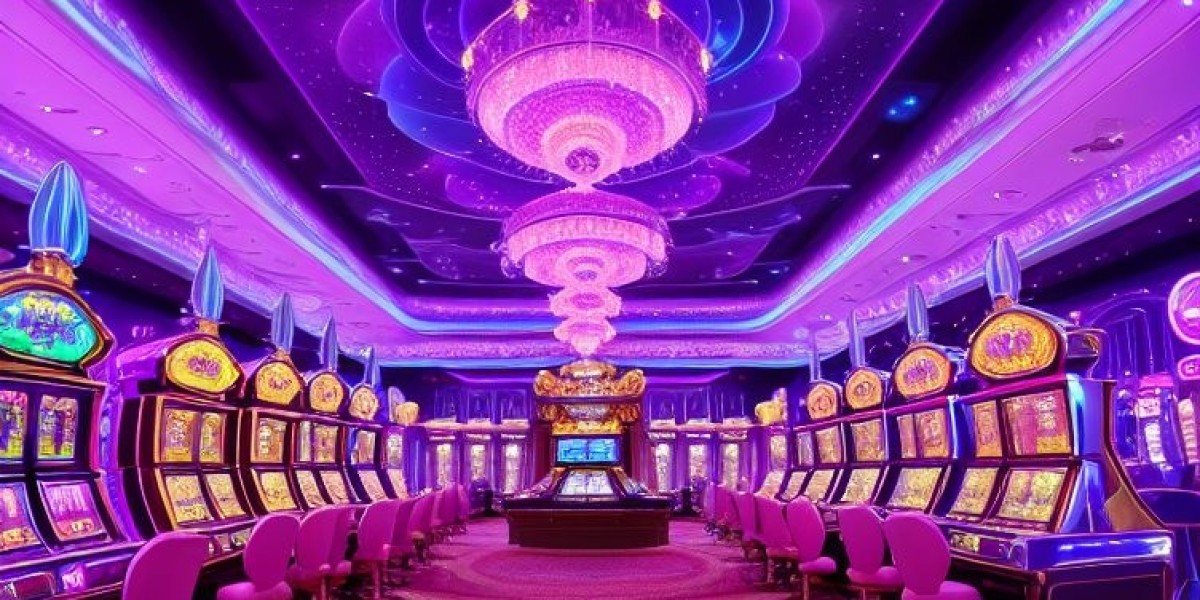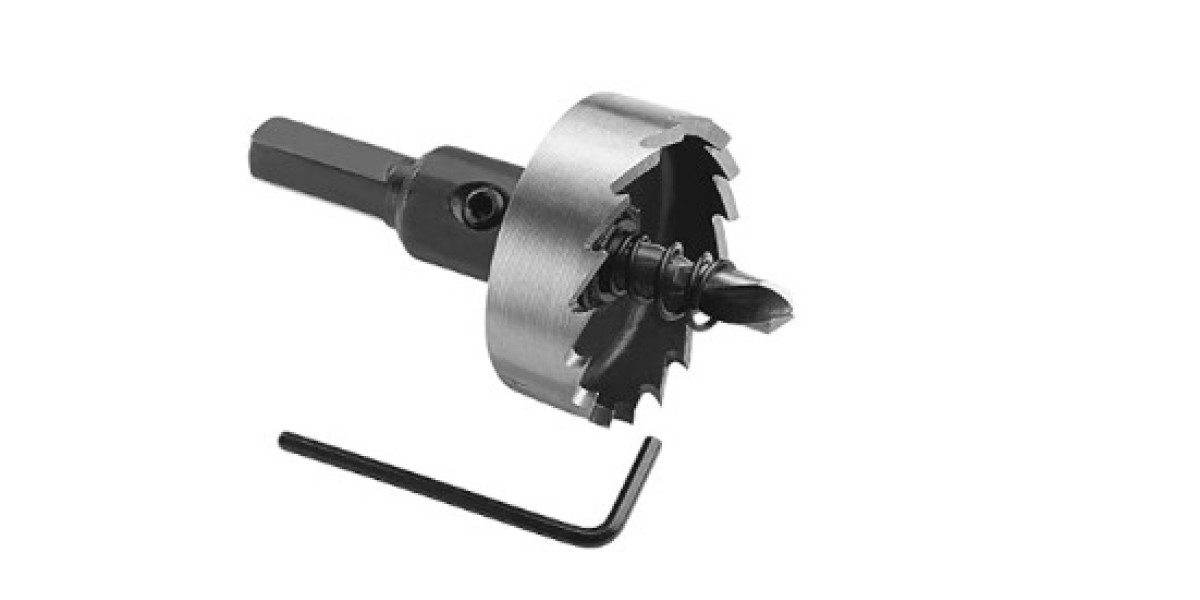Heritage replica model making in Dubai plays a vital role in preserving and promoting the city's rich cultural identity. These detailed models are more than miniature representations of historical structures.
They serve as powerful storytelling tools that bring Dubai's heritage to life. In recent years, they have become an essential element in cultural tourism campaigns. From museums to exhibitions, these replicas help attract visitors, educate audiences, and celebrate the region’s past.
Dubai has grown rapidly, but its roots remain strong. Traditional architecture, old villages, and historical trade routes are part of its story. By recreating these in miniature, heritage replica models support campaigns that aim to draw tourists seeking more than luxury or shopping. They appeal to those interested in culture, history, and authenticity.
Bringing History to Life for Tourists
Tourists today seek immersive experiences. They want to understand the place they visit. Heritage replica models provide this connection. They show how people lived, worked, and built their communities. A well-crafted model of a desert fort or coastal village helps visitors picture life in the past.
In Dubai, these models are displayed in cultural centers, museums, and even hotels. They offer context and visual interest. For example, a visitor might see a model of Al Fahidi Historical District and then walk through the actual site. This creates a layered experience. It makes cultural tourism more interactive and meaningful.
Supporting Storytelling in Exhibitions and Museums
One of the main ways heritage replica model making Dubai contributes to tourism is through curated exhibitions. Museums like Al Shindagha Museum and Etihad Museum use scale models to tell complex stories. These may include trade history, pearl diving, architecture, and family life.
Models help explain ideas that are hard to show in words or photos. They display structural details, city layouts, and construction techniques. They also highlight unique Emirati features, such as wind towers, courtyards, and barasti huts. This storytelling approach is appealing to both local and international tourists.
Multilingual signage, digital screens, and guided tours often include references to the models. Some replicas are interactive, with lights or augmented reality features. This makes them attractive for educational tourism and family visits.
Creating Strong Visual Assets for Campaigns
Heritage replica models are also used in marketing materials. High-quality photographs and videos of these models appear in tourism brochures, social media posts, and international ads. They create strong visual impressions. A detailed model of a traditional Emirati village can spark interest and curiosity in tourists planning their trip.
Dubai’s Department of Economy and Tourism often includes cultural visuals in its global campaigns. When these campaigns feature models, they show authenticity and depth. They offer a visual contrast to the city’s modern skyline. This balance appeals to a broader audience looking for culture alongside innovation.
Engaging Schools and Tour Groups
Cultural tourism campaigns also target students and academic visitors. Heritage replica model making Dubai projects are ideal tools for learning. Schools organize trips to heritage villages and museums where models are displayed. Tour groups often start with a model overview before exploring the actual site.
Models help introduce visitors to layout, building materials, and site function. This improves the experience when touring the real location. It also makes heritage more accessible to young audiences and non-Arabic speakers.
This educational angle strengthens Dubai’s image as a cultural destination. It shows that the city values its past and invests in ways to share it with others.
Promoting Heritage Festivals and Cultural Events
Throughout the year, Dubai hosts several heritage-themed festivals. These include the Dubai Shopping Festival, Sikka Art Festival, and Al Marmoom Heritage Festival. At these events, heritage replica models are often showcased.
These models serve as eye-catching attractions. They encourage visitors to engage with traditional crafts, architecture, and lifestyles. Sometimes, craftsmen demonstrate how real buildings were constructed using similar techniques. This live connection to the past supports cultural tourism by adding depth to the visitor experience.
Social media coverage of such events often features the models. Influencers and travel bloggers take photos and videos, which then reach international audiences. This adds to the success of the tourism campaign.
Preserving Identity While Promoting Tourism
Cultural tourism is not only about attracting visitors. It is also about preserving identity. Heritage replica model making in Dubai helps showcase the values and history of the Emirati people. This supports responsible tourism. It invites visitors to learn and respect the local culture.
For Dubai, where the population is diverse and often transient, these models also play a role in cultural education for residents. Expats and new generations gain insights into the traditional way of life. This helps build pride and awareness, which then reflects positively in how tourism is perceived and delivered.
Partnerships with Tourism Boards and Cultural Institutions
Many model making studios in Dubai work directly with tourism boards, museums, and cultural foundations. These partnerships ensure that models are not only artistically impressive but also historically accurate. Content is reviewed by historians and cultural experts. The final models become key assets in tourism campaigns.
These collaborations also help develop traveling exhibitions. Some models are designed to be lightweight and portable. They are sent to international expos and cultural fairs. They serve as ambassadors of Dubai’s heritage, drawing attention in cities around the world.
Conclusion
Heritage replica model making Dubai is a powerful tool in cultural tourism campaigns. It helps turn history into a visual and emotional experience. From detailed village scenes to ancient trade routes, these models support storytelling, education, and promotion. They engage tourists, support local events, and represent Dubai on the global stage.
As tourism evolves, visitors seek more meaningful experiences. They want to explore the soul of a place. Through carefully crafted models, Dubai offers them a window into its cultural heart. This approach preserves tradition while welcoming the world.








